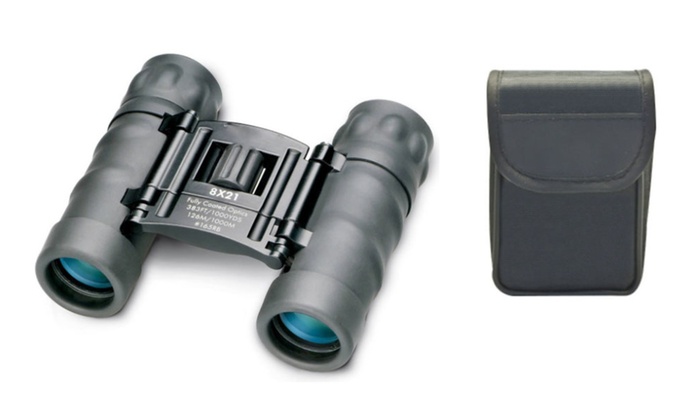F583 BINOCULARS MADE WITH MULTI-COATED GLASS
F583 BINOCULARS MADE WITH MULTI-COATED GLASS
This article will give you most of the basic information needed to select a binocular. Choosing a pair of binoculars should not be a difficult or difficult experience. Use the instructions below to help you choose a rectangular binocular for your viewing needs, especially if you use the world of near vision.
First, what should you ask when buying a binocular, how much money do I want to spend on a binocular? This question includes several answers and other questions.
How much does it cost? Binoculars are sold in many price ranges, ranging from very cheap, fifteen to twenty dollars each, to very expensive models, up to several thousand dollars each. If you buy the first pair of binoculars, we recommend you start at the bottom of the price range until you know what you are really looking for. Experienced binocular users generally know what they want in terms of binocular optics, power or magnification, sealing, barrels and other binocular and binocular features. Prices will increase normally, sometimes dramatically, as the quality of the binoculars increases and the characteristics of the binoculars expand. This does not mean that you cannot enjoy close-ups with cheap binoculars.
The size of the objective or the other number in the example mentioned above is 50. 50 represents the diameter of the lens or the large lens of the binoculars in millimeters. This is important because this number determines the amount of "light" that accumulates in the binoculars. The lighter accumulated in the binoculars. The brighter the image, the more you can see how well you can see it in low light conditions.



Comments
Post a Comment